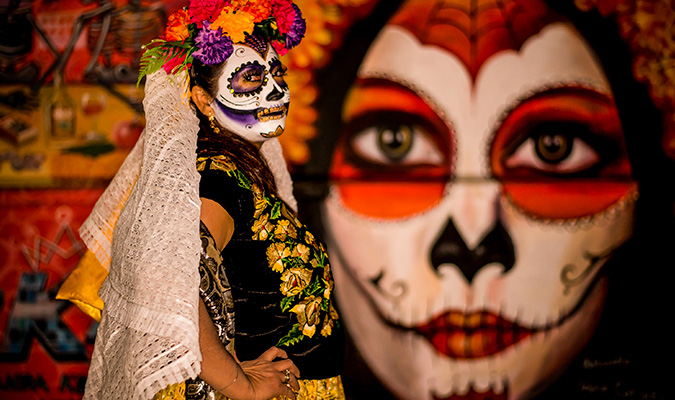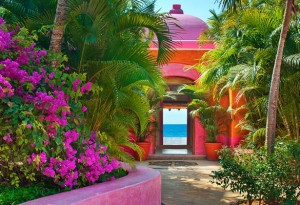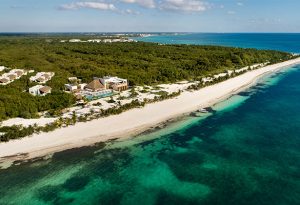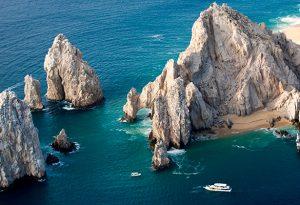Sugar skulls, yellow marigolds, and ´Catrina´ skeletons are emblematic of Mexico´s Day of the Dead festivities. This annual celebration inspires us to enjoy life, honor the deceased, and take a different view of mortality.
Day of the Dead originated thousands of years ago in pre-Hispanic Mexico and has since been recognized by UNESCO as an Intangible Cultural Heritage of Humanity. The Aztec and Toltec people accepted death as a natural part of the circle of life, and instead of mourning the departed, kept their spirits alive through remembrance. While this constructive attitude towards death has indigenous roots, the observance days were aligned to the Catholic calendar on November 1st (All Saints´ Day) and 2nd (All Souls´ Day).
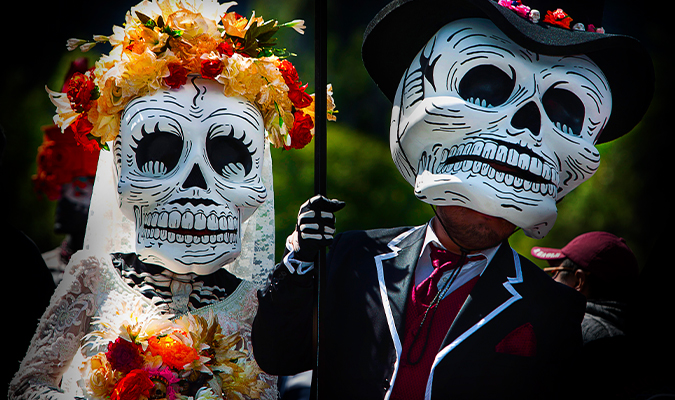
Come and experience authentic Day of the Dead customs with Journey Mexico in the southern state of Chiapas, where a strong indigenous identity and traditions are preserved. In the heart of the state, you´ll find San Cristóbal, a pretty highland pueblo with mixed cultural influences, past and present. Colonial-era architecture and churches meet the colorful textiles and Mayan language of the Tzotzil people, while a growing international crowd visits to soak up this unique Pueblo Mágico.
Prepared on the run-up to Dia de los Muertos, colorful altars are a way for families to commemorate and celebrate the lives of departed loved ones. Traditionally, altars are used to guide the dead back to the realm of the living for one day, grabbing the souls´ attention with sensorial displays of bright colors, music, and scents like copal incense, believed to remove negative energy. To welcome the souls after their long journey, the deceased´s favorite food and drinks are offered and you´ll often see treasured objects which belonged to them on the altars. Sugar skulls, pan de muerto (bread of the dead), candles and marigolds are ubiquitous with Day of the Dead and can be seen across Mexico.

On your DOTD experience with Journey Mexico in Chiapas, you´ll get to create your own altar in San Cristóbal, participating in the town´s public display. For a personal touch, bring along photographs and belongings of your departed loved ones to decorate your altar. We´ll take you to pick up all the other effects you´ll need from a local market to make your tribute part of the local tradition. Part of the fun is wandering around town to admire the meaningful altars created for these special dates whilst soaking up the atmosphere of celebration in San Cristóbal where music, exhibits, and performances are put on especially.
As part of the Day of the Dead commemorations in Mexico, cemeteries come alive as local people gather to pay homage to their dead. Some festivities are joyful, and others more somber, as is customary to each community.
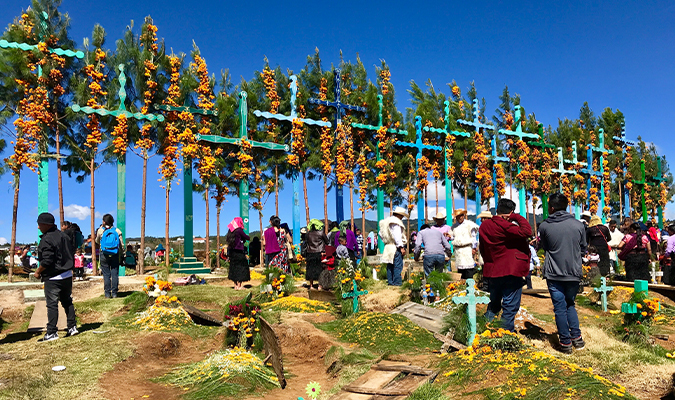
The sacred burial hill of El Romerillo is lined by tall blue crosses adorned with pine boughs and marigolds. Thousands of Tzotzil Chamula people come together to honor their departed in an uplifting festival with traditional music, food stalls and rides for the children. Families visit the simple graves and lay offerings of flowers, fruit, candles, incense, soft drinks and pox, a locally brewed corn liquor.
While the offerings may be similar, the atmosphere at Amatenango del Valle is much more solemn than that of El Romerillo. The serene burial ground is surrounded by corn and perches on a hill that overlooks the village of Amatenango. Stories are exchanged and musicians play song requests made from the living in remembrance of the dead.
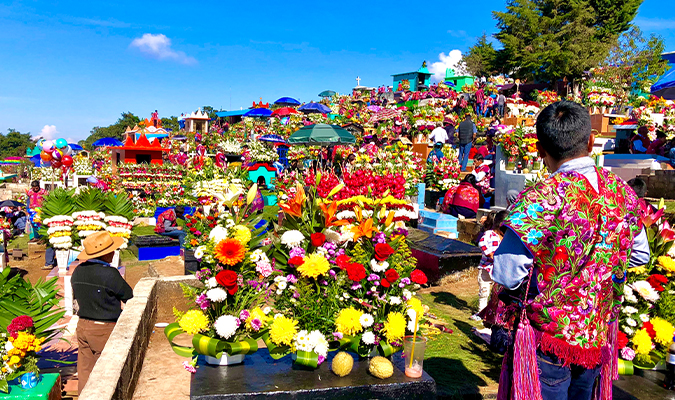
The village of Zinacantán is known for its specialty in backstrap loom weaving and eye-catching floral embroidery, created by the artisan women of the Tzotzil Maya community. The flowers that inspire these designs are a key part of Day of the Dead. At Mukenallakolteclum Cemetery, the Tzotzil Maya hold their main graveyard festivity dressed in colorful flower-embroidered outfits with amazing flower arrangements on display.
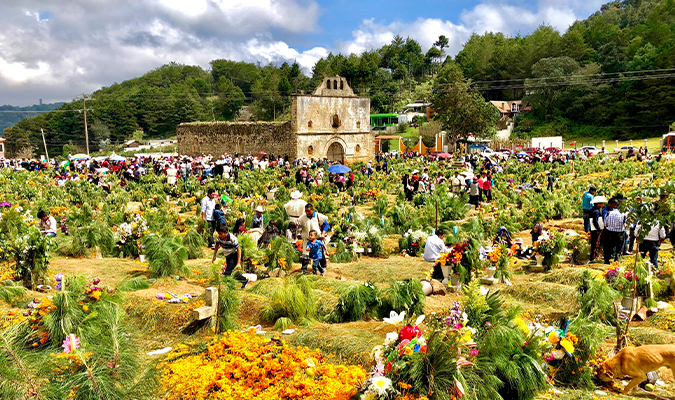
The cemeteries of San Juan Chamula and San Sebastián show a contrast between Maya and city burial sites. In the town of San Juan Chamula, the graves of the Tzotzil Maya are marked with wooden crosses in the absence of headstones and covered with soil mounds. San Sebastián´s cemetery is filled with concrete tombs and mausoleums, quite different to the burial sites of the Tzotzil communities.
Mexico´s Day of the Dead traditions have deep roots in the past and huge importance in the present. While the colorful aesthetic and sensorial experience of these celebrations attract visitors from all over the world, the devotion to honoring the lives of passed loved ones and keeping their memory alive is a powerful take-away.
Get in touch with our travel specialists to live your own Dia de los Muertos experience in Chiapas.
Book a Day of the Dead tour in Mexico
The Day of the Dead celebration is one of the most colorful, moving, and authentic cultural experiences one can have in Mexico. While the festivities differ throughout Mexico, the requirement of planning does not (we recommend at least one year in advance). If you’re interested in traveling to Mexico for Day of the Dead, browse our customizable sample itineraries on our website or contact Journey Mexico today.

